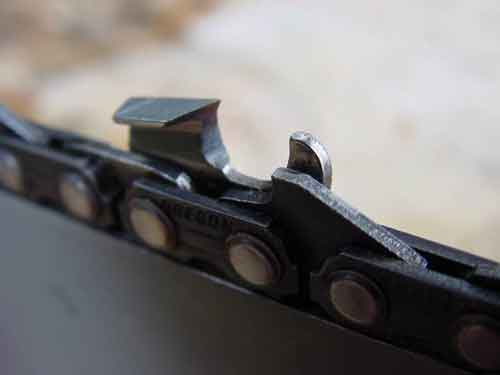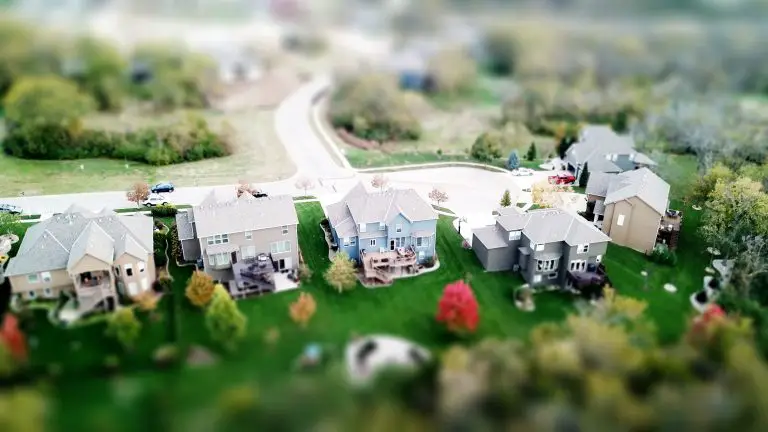When working on a structure that involves attaching metal or other parts to concrete, one of the biggest headaches you can face is anchor bolt alignment issues. Misaligned bolts may not only stop you from assembling the structure, but can also impede the structure’s functionality, safety, and for a long time.
Thankfully, there are several ways to correct anchor bolt alignment issues. This article highlights a few easy fixes you could use if you notice alignment problems with your anchor bolts.

Anchor Bolts and Their Uses
As the name suggests, anchor bolts are used in construction projects and masonry anchoring to attach steel or other non-concrete materials to concrete. On one end, the bolts are embedded into concrete and the other end is fixed or threaded to the structure being installed. Also, there are several types of anchor bolts whose applications may vary.
The most common types include:
- Headed anchor bolts – These bolts have a “head” on one end, which is the part that penetrates the concrete. They are commonly used in many construction projects, from building columns to light poles, and even bridge railing.
- Double-end plate bolts – these come with a plate washer on one end. They are commonly used in building foundations, typically to attach the steel columns to the base at the four corners of the structure.
- Swedge bolts – bolts with threaded indentions that allow concrete in. They’re commonly used in pier and girder connections.
- L-shaped anchor bolts – these anchor bolts are commonly used in the installation of tools, heavy equipment, light poles, sign structures, and much more. They are also known as foundation bolts and are set into the concrete when it’s still wet.
Easy Fixes for Common Anchor Bolt Alignment Issues
For any structure where anchor bolts are used, several alignment issues could develop over time. Besides poor installation, they could also stem from loose nuts, physical impact, or wear and tear. While certain anchor bolt issues may warrant enlisting an expert, below are a few easy fixes you can try to correct alignment problems.
Use Bolt Sleeves
As metal expands and contracts, the hole surrounding an anchor bolt might eventually get bigger, thus causing strength issues. If this is the case, all you might need is to install new anchor bolts surrounded by bolt sleeves.
The pocket created by these sleeves around the anchor bolt makes adjustments easier whenever alignment issues are noted. A product such as Wilson anchor bolt sleeves being a good brand example, they also come in a wide range of sizes made to specifically match different bolt sizes.
Tighten Loose Nuts
It is not unusual for anchor bolt nuts to loosen over time after installation. This is often the case as the bottom plates settle into the concrete’s high spots and perhaps shrink slightly while drying.
This can make the bolts look a misaligned when it isn’t. Unless the misalignment is major, all you may need to do is tighten the nuts.
Slot the Base Plate and Add Washers
Sometimes anchor bolts may be out of alignment, so they won’t accommodate an already-fabricated bolt plate. It often happens during construction projects, and if you encounter this, slotting the base plates could be the easiest solution.
This means enlarging the holes with the appropriate drill and subsequently adding a thicker washer to bring the bolt back into place without necessarily tampering with it.
And if you have several bolts out of place in your pattern, cutting off the baseplate and offsetting it on the column or receiving structure might be a possible solution.
Replace With Epoxy Anchor Rods
Sometimes one or more of the existing anchor rods may be out of position by the time you need to attach a non-concrete structure to concrete. If this is the case, all you may have to do is cut off the anchor rods entirely and drill in some new epoxy anchor rods with the pattern of your liking.
However, you will want to be extremely cautious here and follow the manufacturer’s installation recommendations. The installation should also be conducted with care not to cut or tamper with reinforcing steel in the concrete.
Consult an Expert Engineer
Finally, it’s best to consult an expert engineer for anchor bolts with major misalignment issues. This is especially the case for buildings or heavy equipment installations where the safety of users or dwellers might be at stake.
Anchor bolt alignment problems are nothing new. However, they can be a torturous concern to anyone who understands the importance of structural integrity and the possible repercussions if threatened. Nonetheless, the above are just a few easy fixes you can attempt if your anchor bolts are slightly misaligned during or after a structural installation.











